Discussing Workshops and Design Elements in “Legion: Siberian Story”
This article aims at looking at various game design elements of Legion: Siberian Story for inspiration and discussion. We will start with a short description of the game itself and then dive into things we learned from the workshops, the way the game was designed around themes and the way railroading was handled. At the end of the article you will find a short summary of our findings.
Legion: Siberian Story was organized by Rolling, a Czech Larp society (http://legion.rolling.cz/). Although this game was played six times already it was the first run in English and therefore people from many different countries participated. The game started on 21st of January and lasted until 24th of January. Thursday evening and Friday morning were reserved for workshops, the game itself started Friday afternoon and ended on saturday evening. After the game we had the opportunity to debrief and party hard.
“The game’s story is set in Siberia in the time of the Russian Civil War [at the end of the first world war] in a unit of volunteers, separated from their army and forced to march through a no man’s land to get to their countrymen and maybe also finally home. The players will take roles as fictional Czechoslovak Legionnaires and the civilians who joined them.”
Rolling, on the game’s website
(c) Hana Maturova
You wonder what those guys did all the way up in Siberia? – So did we. This Larp gave us the opportunity to explore some parts of Czechoslovak history, which we are pretty sure we will not forget. For us this was an important factor to visit this game. It was not another made up world but everything we learned is part of European history and shows to some extent which mind-set people might have had and which obstacles they had to overcome.
Aside from the topic the game was designed to be physically demanding. During the game we walked approximately 30 kilometres and the temperature dropped to -20 degrees in the first night but this was an important part of the experience and enhanced the gameplay and immersion. The organizers put allot of effort into informing everybody beforehand about what was coming, thus all were well prepared for the physical strain. Nevertheless it was quite interesting for us to see how positively this factor impacted the game. We know of many examples were physically demanding games we played or organized ended up to be horrible or at least not as good as they could have been because of circumstances that had a real physical impact on players. We came to the conclusion that it differed from all the other physically demanding Larps we played before insofar as we were always on the run or headed somewhere instead of just sitting at the same location all weekend long thinking about how cold it is. Every few kilometres we had scripted stops, so we saw a lot of different locations, including a monastery and a completely destroyed farmhouse.
Not only the locations were chosen to fit perfectly to the game but also the equipment that was provided for us looked beautiful and authentic. In this context especially the replicas of weapons have to be mentioned. We have never used sound guns with blank cartridges in our games before and as we expected – it added a lot to the experience of firefights! Also we did not use the usual foam weapons but softened wooden weapons which looked great but were still safe enough to fight with. We learned how to safely handle those replicas in workshops before the game.
(c) Hana Maturova
Workshops
We are big supporters of pre-game workshops, therefore we were curious about how and what the Rolling-organizers might have planned for us. It would be too ambitious to examine the whole programme, so we decided to pick and discuss some examples that stuck to our minds:
1) Prejudice and hate
As the era of and around the World Wars was heavily influenced by nationalism and therefore by prejudice and hate, a whole workshop was created around these topics. After a short introduction in why Czech people did not like Slovaks back then, the players were split up into three big groups. A player who would later play a Slovak ingame was assigned to every group. He/She was blindfolded and surrounded by the other players who played the Slovak-hating mob, no matter if their characters will feel that way during the game later on. Under the instructions of the organizers the mob then had to bully the Slovak (who represented more the “Slovak idea” then a real person). Four stages of escalation from verbal attacks to meek and fierce physical attacks where trained. Stage five was presented as the lethal stage and was therefore not part of the workshop.
Although this workshop seemed extremely relevant to us, it did not quite work out for everyone. Bullying a blindfolded person for no specific reason and even without a character’s motivation behind it only did the job for some. Also the big mob-groups allowed players uncomfortable with the situation to step back, while a few others did the “dirty work”. As a result we experienced, that only those who were comfortable with improvised stand-up-violence before were acting, while those who may have been in need for some practice, didn’t (have to) develop their skills. This was also palpable later in the game. While players with personal conflicts written into their characters still experienced their conflicts throughout the game, issues of nationalism quickly vanished in face of the common enemy.
Summing it up, we think it is very important to include the topic of nationalism and hate in workshops, but we would have preferred a workshop in smaller groups, maybe couples and completely disconnected from ethnical ingame-prejudices but instead with an eye to eye experience in which a mutual empowerment and supporting by your counterpart might take place.
2) Gender-topics
Friday morning started with a dividing of “trouser-role”- and “skirt-role”-characters. As crossdressing was allowed and there were ingame-female soldiers, this was a practical way of dividing these groups of players, as those two groups were introduced to different topics and mechanics important for the game. Those with trousers had to gear up and started their day with military drill, marching, wrestling and some fencing, while those in skirts sat in a circle, discussing medical issues and how to act as a woman back in the 1910s. Of course this was important, as almost every trouser-role was designed as a soldier, while all the skirt-roles were nurses and civilians with no military experiences. Nevertheless we discovered some disharmonies while playing, resulting from skirt-roles being told how to act as 1910-woman but trouser-roles not being told as how to act like 1910-men. That resulted in skirt-roles eagerly playing weak and dependent (according to general historical gender-mainstreaming) while the trouser-roles mostly acted according to contemporary standards. As we were told afterwards, there should have been a workshop focusing on this topic for trouser-roles as well but there was too little time because of a delayed beginning on thursday evening. So the workshops had to be shortend in order to start with the game itself on time.
In general we sensed that pre-game workshops, even the theoretical ones were cut out for one specific type of role: the male Czech soldier. Other ethnicities and female roles weren’t ignored or discriminated in our opinion, they just didn’t get the same focused preparation.
(c) Hana Maturova
3) Scenes in groups, Character-presentation and last letters
Like in many other Larps with pre-written characters, Legion had to face the problem of having a big bunch of strangers playing characters who know each others for days, weeks, or even years.
In this case we were impersonating a unit of 54 soldiers and civilians subdivided in smaller squads and other formations, travelling together, fighting together, suffering and surviving together. Of course in a unit of that size everyone would know each other quite well.
In order to let everyone get an impression of the fellow players Rolling handed out some short pre-written scene-sets to every squad or group. After a short time of preparation every group had to act out this improvised scene in front of all players watching. This resulted not only in great entertainment but also in everyone being able to get a glimpse on all the characters, as well as on the dynamics within the different subgroups. We felt this added a lot to the group dynamics and our ingame experience.
The second part of character introductions took place shortly before time-in. Everyone was pumped up with excitement and anticipation and ready to go, when the final phase of workshops kicked in.
“Please give my love to my wife and the children. Tell them that they are what I love most in this world and that I will meet them again in god’s kingdom.“
from a last letter of a soldier in the game.
During a limited timeframe, we were asked to write the last letter of our character addressed to an important person in the character’s life. To write this letter really helped us to get into the character’s mindset and to set the mood for the game. Additionally, it added to gameplay because we had to decide ingame which of the other characters should carry our last letter should something happen to us. We felt that this was very important and suited the game perfectly.
While the “last letter” might not be appropriate to write in any setting, we feel that writing something as your character on your own is a very powerful workshop technique and could maybe be also implemented in other settings via diary entries, notes or similar ideas if the context allows it.
(c) Hana Maturova
Underlying topics
Siberian Story was based on three main topics: heroism, home and humanity in times of war. Revolving a game around certain themes may not be new to most readers. In Austria, they are usually mentioned in the announcement of a Larp, but not enforced by the organisers during the game, leaving it to the players to interpret and incorporate them in their game. We have never experienced metatopics woven into a Larp so intricately and thoroughly as practiced here.
Each character description had a passage on the character’s initial views on these topics, and the diary (see below) as well as the occurring events in the game provided a very clear frame to focus on them and invited the characters to communicate or maybe change their views.
“My character certainly wasn’t a hero by the beginning of the game – she had always chosen the easier paths in life. By the end, she just desperately wanted to get one thing right in her life and made some severe sacrifices. What surprised me, though, was that it didn’t feel one bit heroic or epic – it plainly just felt awful. So I guess this is what heroism is – deciding something and then enduring all that awfulness.”
statement of a player during the debriefing
The debriefing also focused again on these topics and what the character’s view on them would be by the end of the game, which was a good opportunity for thorough reflection.
We think that a lot can be learned here in regards to game design. While of course every player will develop his own story in a Larp depending on his inclinations and interests, choosing and promoting these common themes so decisively makes the experience more dense because more people focus on the same and therefore interactions become more fruitful.
(c) Karel Křemel
Fateplay and Railroading
One element new to us was the usage of diaries. Each character had a diary which served two purposes: One the one hand, you could obviously use it for its original purpose and write in it, on the other hand, there were pre written lines of text in it with the purpose of steering the story of the character into the desired direction. These lines could be facultative recommendations or orders that had to be implemented by the players. Since the Larp consisted of marches between stops, the players were instructed to read their diary entries at every stop for the next stop and then prepare during the march for playing out the instructions.
On top of being historically accurate (soldiers’ diaries were quite common), we experienced the writing into the diary as enhancing to our play. However, the reading of fateplay instructions before each new stop was new to us. While sometimes we feel the diaries furthered certain group dynamics the designers wanted to achieve (such as everyone being really angry at one point), we sometimes experienced the diaries as distracting or confusing. Sometimes the suggestions just did not fit the character’s dynamic at that point, but still left a somewhat pressuring feeling of “the organizers want me to do this now, so I’ll make it work somehow”. Also, we felt a bit inhibited to pursue our own ideas. What if someone else’s diary entry would conflict with our own initiative? Though, this is probably mainly our own fault, because it was made clear that (except from the orders) most of the diary entries were only suggestions and we were probably too eager playing the characters as we suspected the organizers wanted us to. However, being asked to talk to the organizers once or twice a day about how you are doing also added to this feeling of having to deliver a certain advancement in plot. We found ourselves in a place where we sometimes didn’t know which degree of autonomy was expected of us. We assume that this was not a problem for the Czech players who participated in the previous runs and who are used to this technique, and we suspect if we were to participate in another game of this style (which we would without blinking an eye), we would also already have a better feeling of the dynamics.
In conclusion, we think that using diaries to reflect on the character’s experiences can be a very good method to deal with the density of experiences occurring in a Larp like this and integrating them into the character. We also think that if you want to use a large amount of fateplay but at the same time do not want to make the course of the story transparent beforehand, prewritten diaries are an elegant method to achieve that.
(c) Hana Maturova
Conclusion
We feel like we learned a lot participating in the Siberian story. Regarding game design, we came to some conclusions for our imminent game designing future. We feel that gender workshops are important for both genders and writing letters to get into a character is awesome. We learned that railroading can work surprisingly well in some cases, though we still feel it takes a lot of craftiness to implement it.
We found that ethnic discrimination seemed very difficult to play. In light of the growing nationalistic tendencies in Europe these days, we like to cherish the idea that these difficulties spring from the inherent challenge of playing character traits that are not part of the player’s everyday repertoire, and take heart in our observation that playing ethnic discrimination did not come easily. However, since we would like to address this topic in some of our own Larps to come, we will wreck our brains some more on how to prepare participants for playing nationalistic tendencies and discrimination. Furthermore, we learned that underlying themes in general can add a lot to a game and this is something we will try to implement more in our future games.
Looking back at Legion it was an awesome experience for us. It started with the organization in general. The information about the game was clear and easy to find. If there were any questions left the organizers answered immediately. Outside of the game, our physical comfort seemed to be extremely important for the organizers. Not only were special food needs taken into account with painstaking precision, there was also a packed lunch for everyone to take on their journey home on Sunday and a bus tour to nearby showers for those who felt in need of them. All these little details added up to a feeling of being taken care of extremely well.
But this praise of organizational achievements should not outshine the very high quality of game content. The characters were written (and translated!) with great care and in great detail – it is obvious that huge amounts of love and brains must have flown into their creation. They were assigned to us by a well-working and thorough questionnaire and at least in our perception everybody seemed to have ended up with a character they liked to play. On top of this, we felt like we were able to learn a lot and gain a new historic perspective. Last but not least, we got to know a lot of great people and enjoyed playing with them immensely – this goes for our fellow players as well as the very motivated and talented NPCs.
Authors: Alina Bugelnig, Alexander Neubauer, Theresia Widhalm
Proofreading: Bernhard Slanic
Leave a Reply
Want to join the discussion?Feel free to contribute!

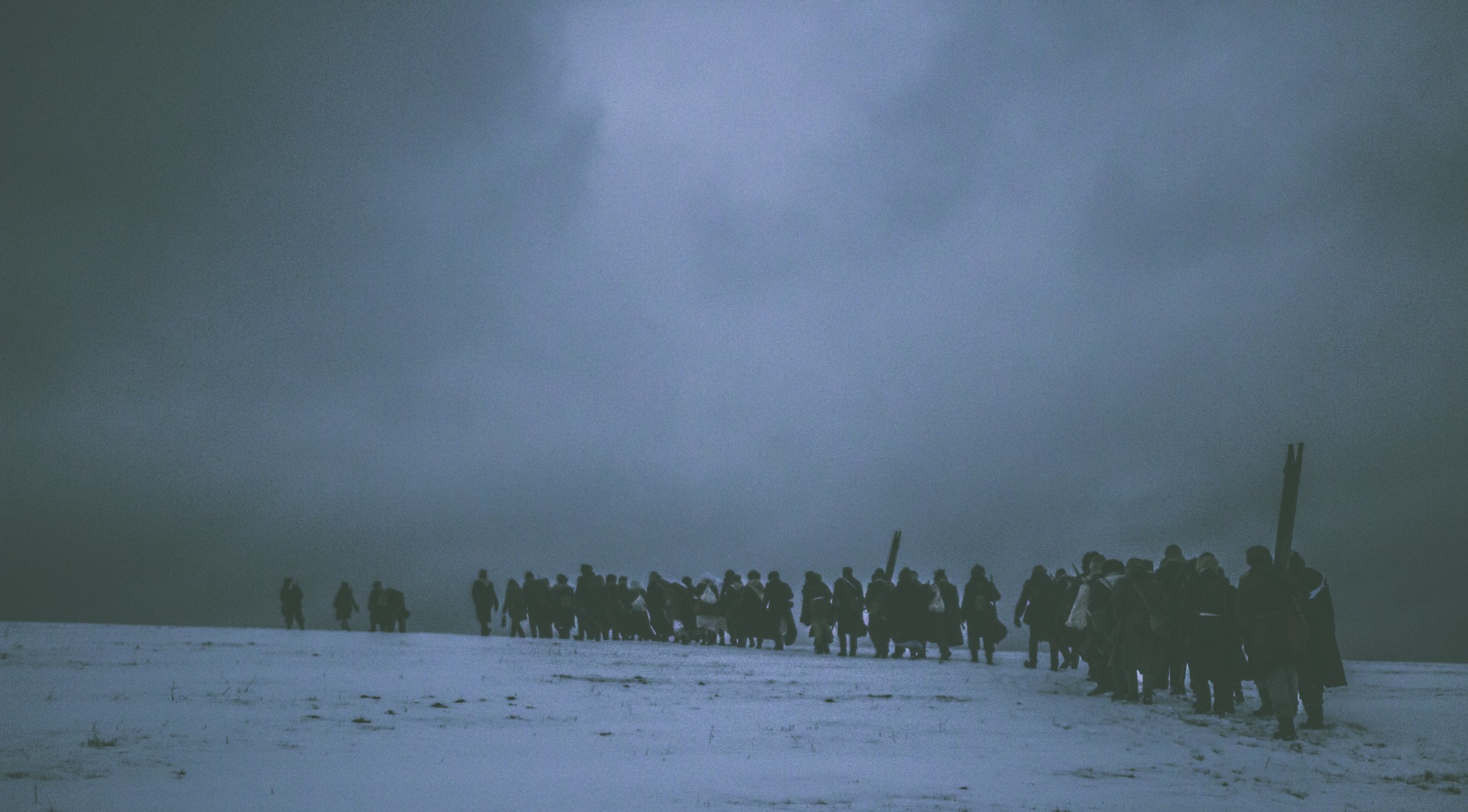
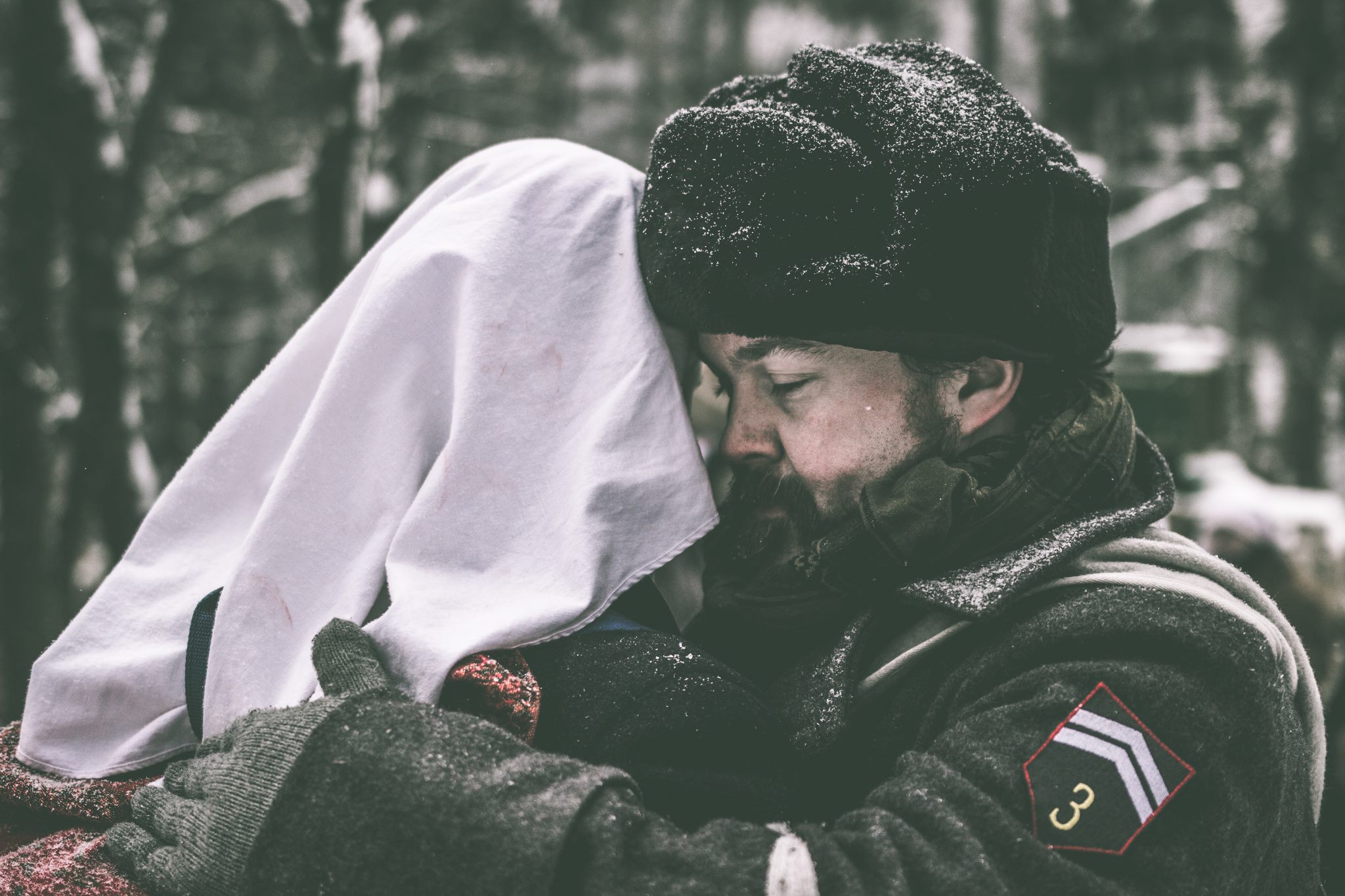
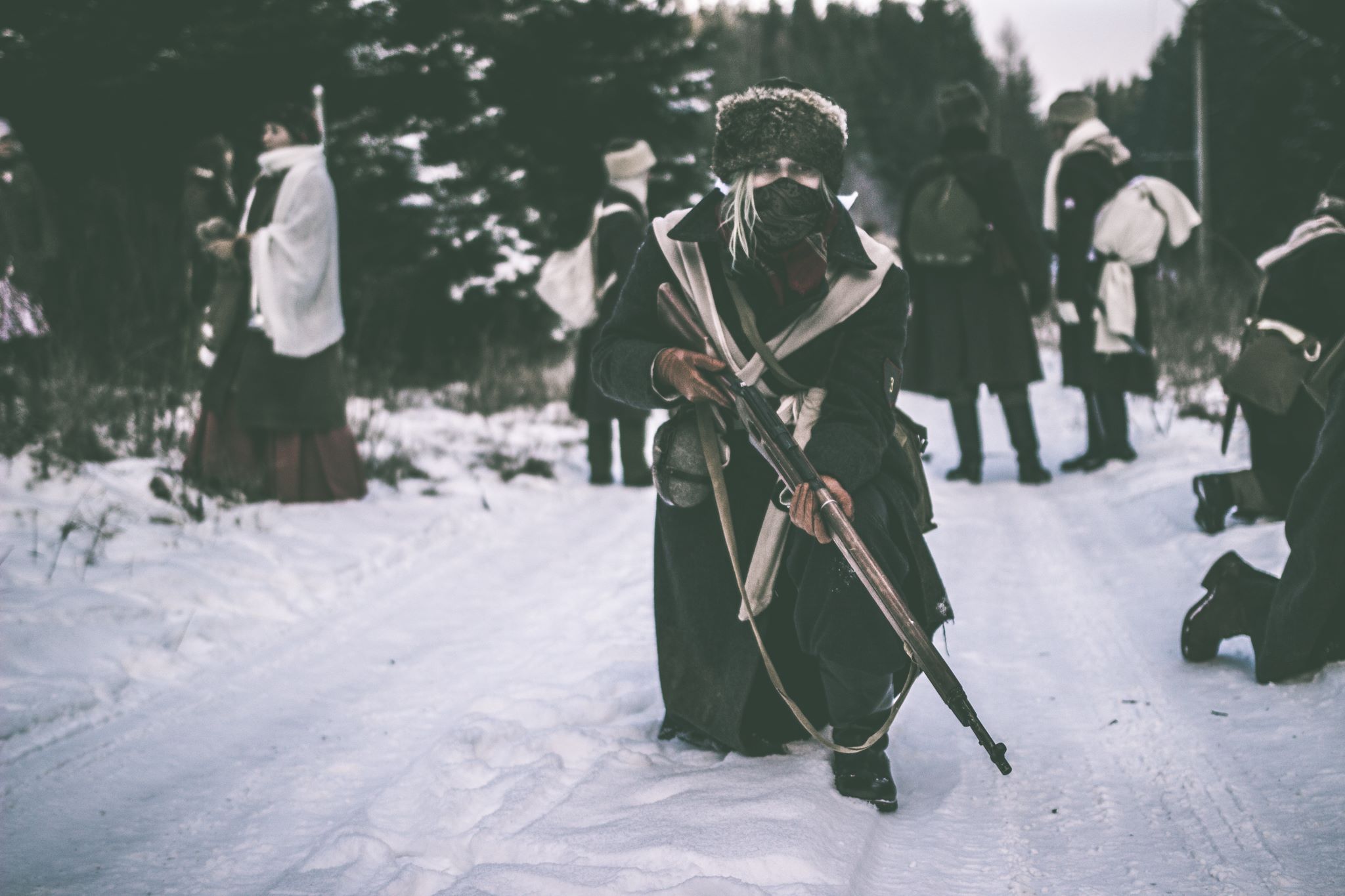
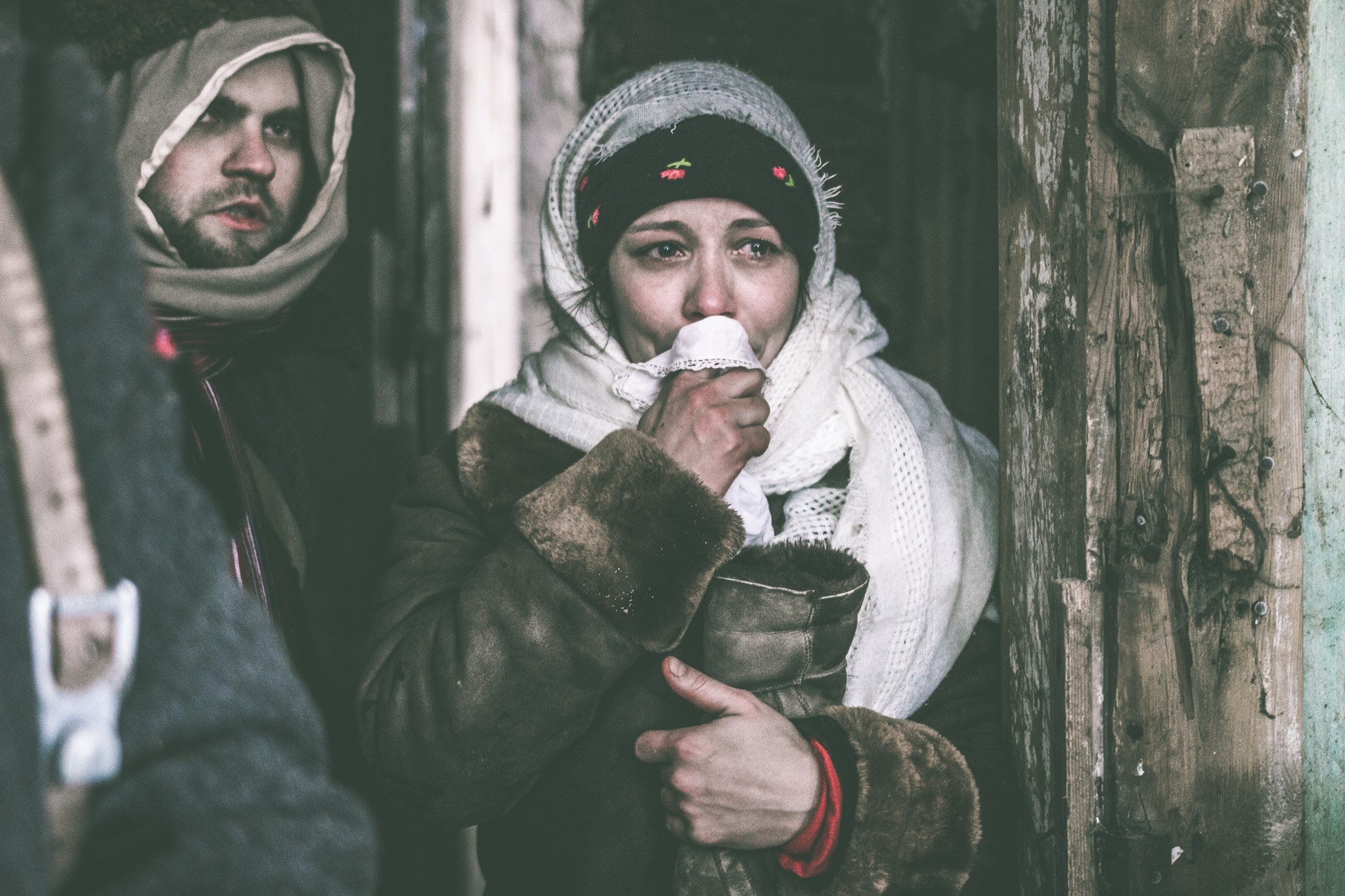

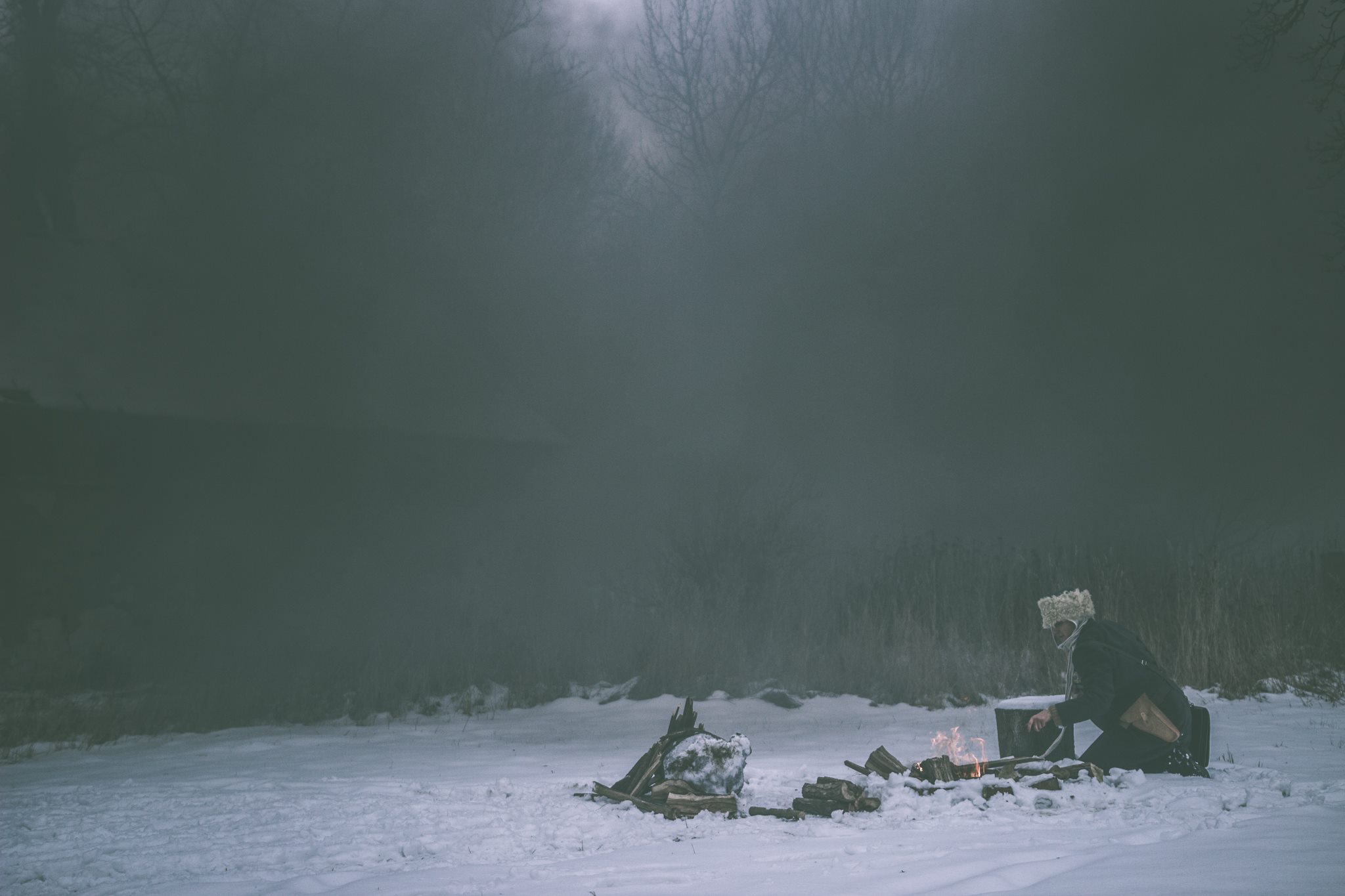


A very informative review!
So great that ALL the aspects of the game – workshops, technics, pre-game comms, the game itself, post-game lunches/showers etc – were described.
Thanks a lot!
Schöner Artikel. Teile deine Artikel weiter!